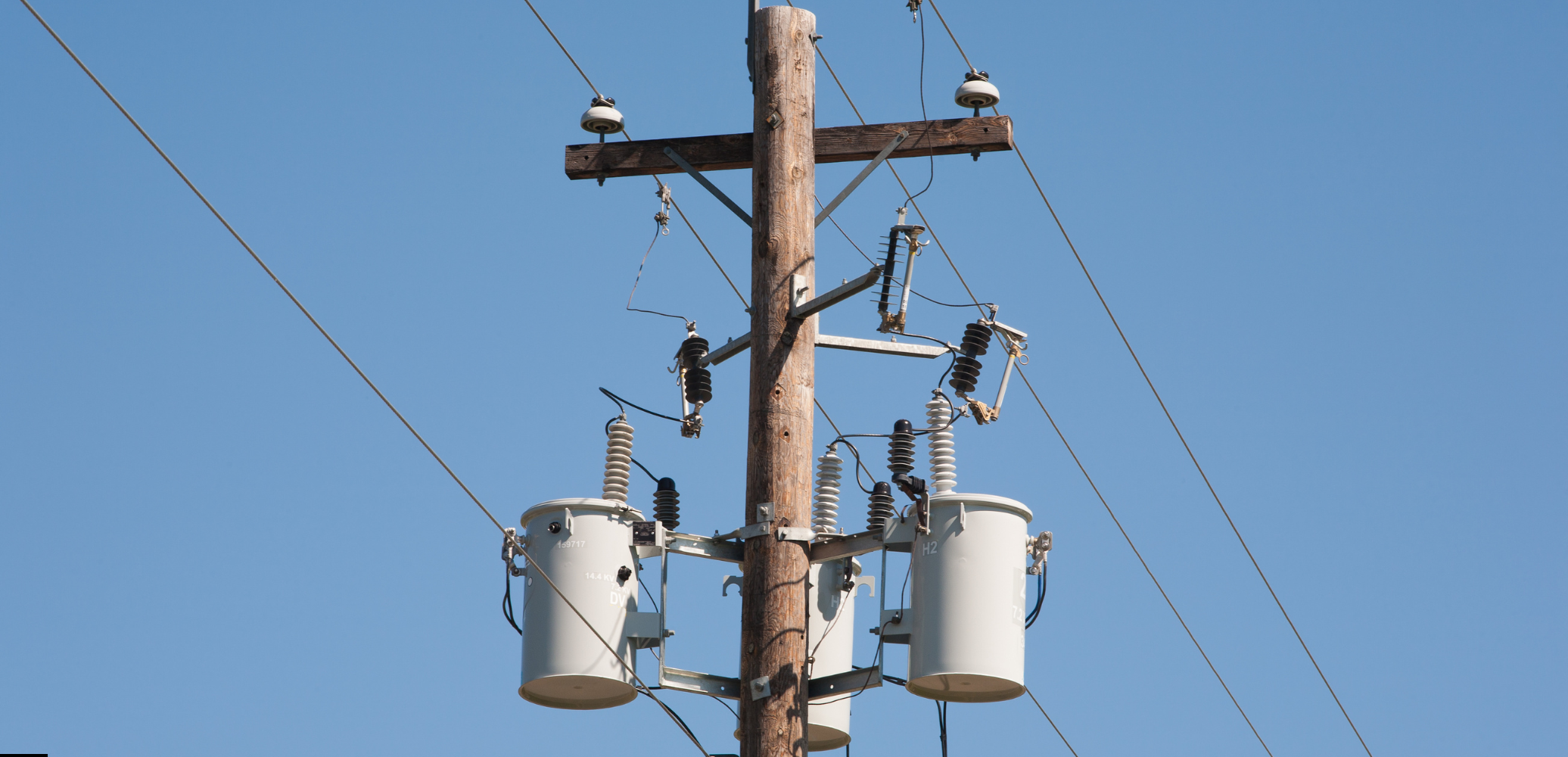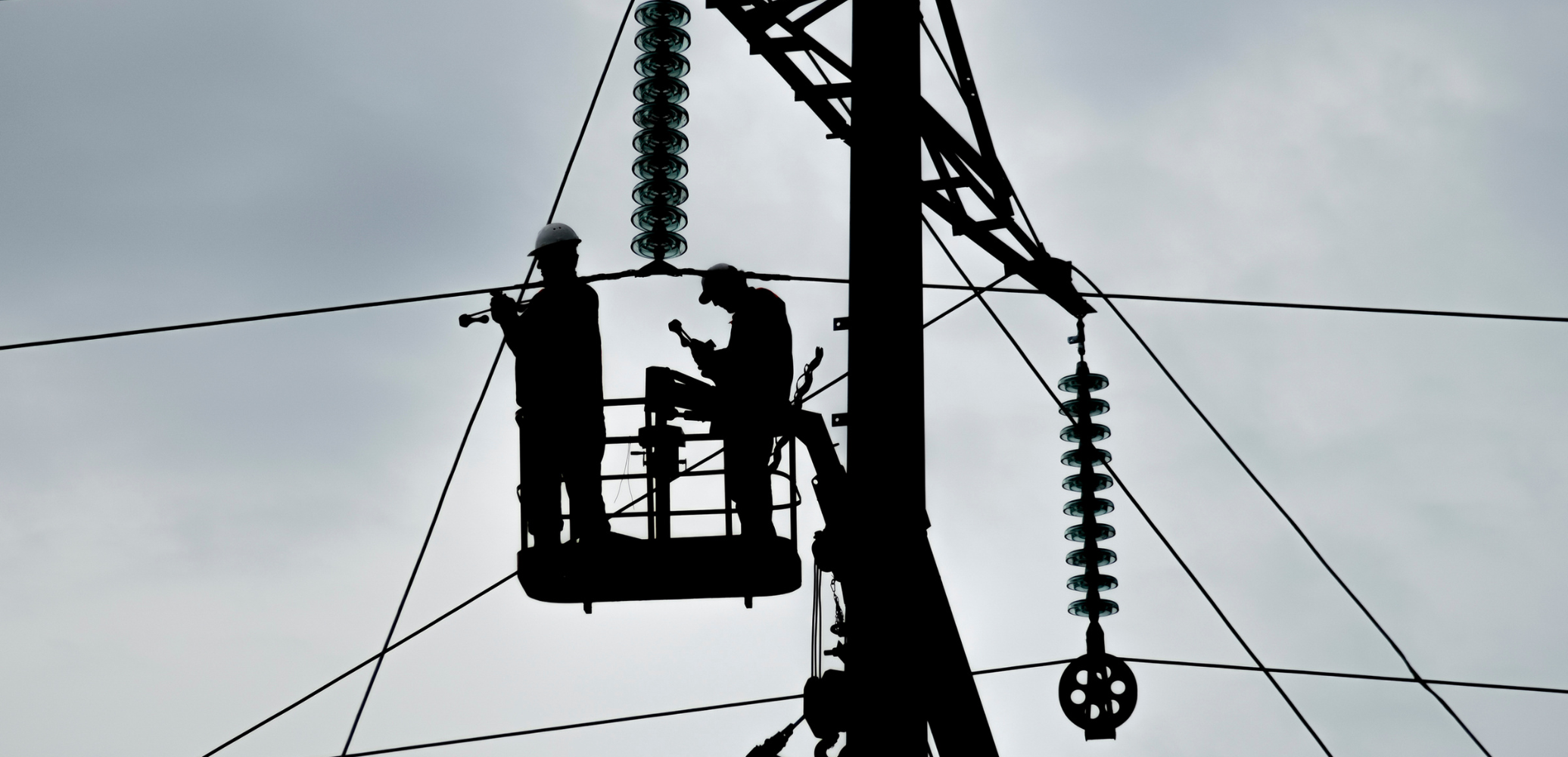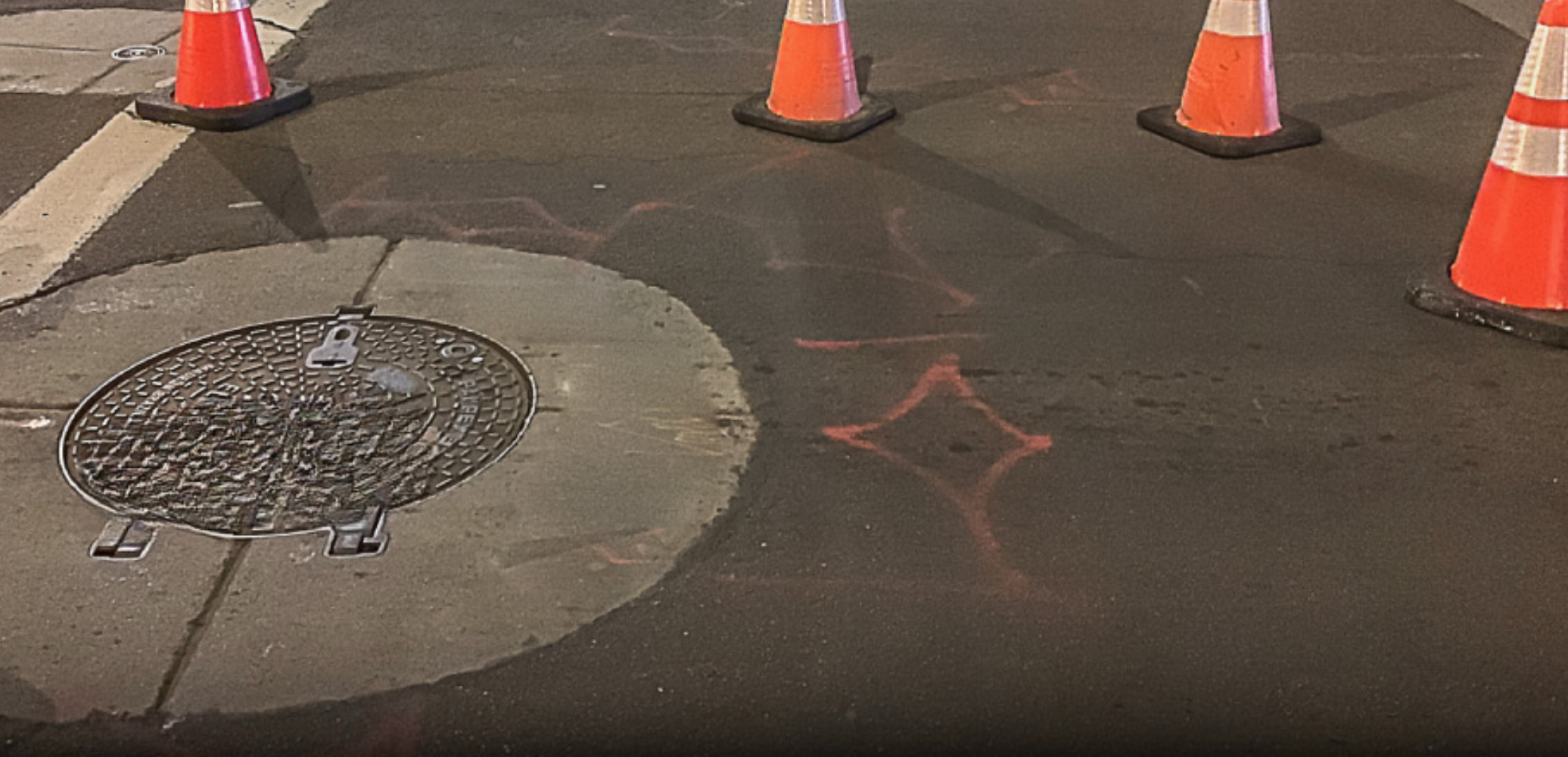%20Blog%204%20-%20Reconductoring.avif)
As electric utilities face increasing demand and stricter reliability expectations, reconductoring has emerged as a strategic way to modernize aging infrastructure without rebuilding entire systems. But while reconductoring offers real benefits, it also comes with complexity—balancing capital costs, projected load growth, and long-term reliability goals.
At Integrity, we work with utility partners to navigate these trade-offs through practical, data-informed reconductoring strategies. Here’s what utilities need to consider when planning and executing successful reconductoring projects.
What Is Reconductoring—and Why Does It Matter?
Reconductoring involves replacing existing power lines with new conductors, typically to:
- Increase current-carrying capacity
- Improve voltage stability
- Reduce line losses
- Support higher system reliability
- Meet NESC or utility clearance requirements
It’s a powerful tool for extending the life of existing circuits while preparing the grid for future demands—especially in fast-growing service areas or regions integrating distributed energy resources (DERs).
Key Considerations for a Successful Reconductoring Project
1. Load Forecasting and Capacity Planning
The foundation of any reconductoring effort is a clear understanding of future load growth. Whether driven by new subdivisions, commercial expansion, or EV charging stations, accurate load forecasts ensure the new conductor size meets both immediate and long-term needs.
We support utilities with:
- Load flow studies
- Historical load trend analysis
- DER impact assessments
- Capacity modeling using CYME or similar tools
2. Cost-Benefit Analysis
Reconductoring isn’t a low-cost fix—but when done right, it can defer the need for more expensive substation upgrades or circuit reconfiguration. Evaluating conductor options (e.g., ACSR vs. ACCC), outage costs, and lifecycle maintenance expenses allows utilities to make informed investment decisions.
Integrity’s engineers help utilities run side-by-side comparisons to identify the right balance between performance and cost.
3. Asset Condition and Structural Support
Before replacing conductors, the condition of poles, crossarms, and hardware must be assessed. Aging structures may require reinforcement or replacement to handle the added weight or tension of new conductors.
We perform field inspections, pole loading analysis, and constructibility reviews to identify structural deficiencies before they impact your timeline.
4. Clearance and Code Compliance
Reconductor upgrades often trigger new clearance requirements. NESC and utility-specific standards must be met to ensure public safety and regulatory compliance.
Our design team ensures:
- Proper sag and tension calculations
- Adjustments for thermal loading and environmental factors
- Field verification of existing conditions
5. Coordination and Scheduling
Reconductoring often involves planned outages, permit approvals, and coordination with multiple stakeholders. Scheduling must align with load profiles, access restrictions, and system constraints.
Integrity supports utilities with:
- Outage planning and stakeholder communication
- Right-of-way and permitting support
- Realistic scheduling based on constructability inputs
When Is Reconductoring the Right Fit?
Reconductoring is ideal when:
- Circuits are approaching thermal or voltage limits
- There is a clear forecast of sustained load growth
- Existing poles and ROWs can be reused
- Budget constraints favor upgrade over rebuild
It’s also a strong choice for circuits that need reliability improvements but don’t justify a full rebuild or underground conversion.
Reconductoring with Confidence
At Integrity, we believe reconductoring should never be a reactive decision. With the right planning, analysis, and execution, it can be a proactive investment in grid resilience—one that strengthens reliability, optimizes asset performance, and prepares your system for what’s next.
Looking to Rebuild Without Starting Over?
Integrity offers full-service support for reconductoring—from feasibility studies and field assessments to engineering design and QA/QC. Let’s talk about how we can help you build a more reliable, future-ready grid.
📩 Contact us at hello@integritypsc.com or visit integritypsc.com to learn more.





